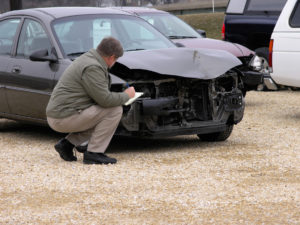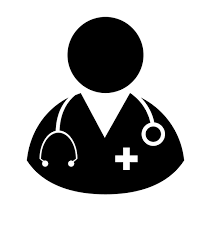Car Accidents, Liabilities, and Torts

Car accidents are some of the most common types of accidents across the world. People need cars to get from one place to another, may it be private or public vehicles.
Due to the high number of people using cars in their daily lives, car accidents caused by collisions often happen.
It is during those times that insurance companies are needed to shoulder the damage.
Statutory Law and Common Law
Statutory laws
Govern car accident liabilities. There are laws in place that help determine fault and the extent of liability and regulates how drivers must operate their cars on the road.
Common Law
Also referred to as Case Law, is unwritten law based on precedents previously established by the Courts.
There are four (4) basic levels of fault, which the law recognizes:
- Negligence: It means any act or omission which falls short of a standard expected by the society of a reasonable person. For a claim to succeed, it is required to establish that a duty of care was owed, that duty was breached, and such breach of duty was the proximate cause of the loss. Proximate cause has been defined as that which, in a natural and continuous sequence, unbroken by any efficient intervening cause, produces injury, and without which the result would not have occurred. There should be a link between the cause and the loss. Without such, there is no claim whatsoever.
- Intentional misconduct is deliberate and willful, thus, punishable.
- Strict adherence or liability: may be imposed even without fault.
- Wanton Conduct/Recklessness: on the other hand, it refers to a willful, disregard for the safety of others; irresponsible conduct that is detrimental to the welfare of another.
Tort
Under common law, there are different types of torts. One of those would be an unintentional tort, wherein an unintended car accident leads to injury, property damage or financial loss. The person who causes such an accident may have done so inadvertently, however, he or she would be considered negligent if there is a failure to exercise the same degree of care that a reasonable person would have done in the same or similar situation or circumstance.
Fault determination
Different provinces have their own laws (legislation) to regulate motor vehicles. Any violation of any of these statutes will create a presumption of negligence. The common law will then be used to determine how similar situations have been previously decided.
It is possible to have more than one person responsible for an accident. It is also possible for a victim of an accident to be solely at fault, or partially at fault. The province’s legislation, in conjunction with the common law, will determine liability for an accident. For example, although one may be a victim of the accident, if his or her act or omission is the proximate cause of such an accident, then liability rests upon him or her.
If you believe you may be in one of these 3 situations, please contact one of our experienced lawyers, we will help you to revolve your issue. Call us today.






















